Physical Address
304 North Cardinal St.
Dorchester Center, MA 02124
A systemic skeletal disease characterized by a low bone mass and micro-architectural deterioration of the bone tissue with a consequent increase in bone fragility and an associated susceptibility to fracture
It is the most common metabolic disorder affecting 50% of woman and 20% of men (> 50 years old) ▸ due to:
Reduced bone accumulation during development
Bone resorption outstrips new bone formation during later life (the ratio of osteoid matrix to hydroxyapatite mineral is normal)
WHO definition: this is based on the bone mineral density (BMD) ▸ a T-score is the standard deviation of the BMD compared to a young healthy reference ▸ it is not appropriate for use in children (where you use > 2SD below the mean BMD matched for age, gender and ethnicity)
Normal: BMD > -1SD below the young adult mean (peak bone mass)
Osteopenia: BMD between -1 and -2.5SD below the young adult mean
Osteoporosis: BMD > -2.5SD below the young adult mean
It can be asymptomatic ▸ there can be insufficiency fractures presenting with pain (e.g. vertebral crush fractures) ▸ the pain resolves spontaneously after 6–8 weeks unlike a more sinister pathology ▸ vertebral fractures may result in an increasing thoracic kyphosis
Bone loss typically begins during the 4 th decade (females) or 5 th and 6 th decades (males)
It is more prominent in areas rich in trabecular bone (e.g. the vertebrae, pelvis, ribs and sternum)
A reduced bone density (50% of bone density has to be lost to be visible) ▸ thin or absent trabeculae (with thickened remaining trabeculae due to increased stresses) ▸ thinned, irregular or a scalloped cortex (due to endosteal resorption) ▸ intracortical tunnelling and porosity (representing enlarged Haversian systems and Volkmann's canals)
Spine: a vertical ‘striated’ appearance to the vertebral bodies due to preferential loss of the horizontal trabeculae (this is seen within most vertebrae, in comparison with a haemangioma that affects a single vertebra)
Wedge, biconcave (‘cod-fish’) or crush deformities: the vertebral anterior and central mid-portions withstand any compressive forces relatively poorly ▸ with a posterior fracture, consider metastases/myeloma
Sacrum: insufficiency fracture lines are parallel to the SI joint on CT
‘Honda’ sign: a characteristic ‘H’ pattern of radionuclide uptake
This is sensitive at detecting femoral neck/pelvis insufficiency fractures before they are evident radiographically
These are low trauma fractures due to increased bone fragility
Common sites: pubic rami ▸ sacrum ▸ vertebrae ▸ calcaneus ▸ distal forearm ▸ proximal femur ▸ vertebral bodies
The axial skeleton is affected more frequently than the appendicular skeleton (and most commonly within the thoracic and thoracolumbar regions) ▸ fractures are uncommon above the level of T7 (consider metastases)
This is due to an oestrogen lack ▸ it occurs 15–20 years after the menopause ▸ there is a disproportionate loss of trabecular bone
This affects men and women (≥ 75 years) ▸ it is due to age-related impaired bone formation associated with secondary hyperparathyroidism (there is a reduced vitamin D production in the elderly) ▸ there is a proportionate loss of trabecular and cortical bone
Overactivity of the sympathetic nervous system causing pain, soft tissue swelling and hyperaemia with excessive bone resorption (particularly peri-articularly) ▸ it is precipitated by a variety of causes (e.g. following a fracture or related to tumour)
A self-limiting condition affecting young and middle-aged patients (M>F) ▸ there is a sudden onset of pain with no associated trauma
Reduced proximal femoral bone density
This is sensitive for detecting early marrow changes (T2WI: increased SI)
This is rare and affects prepubertal children with an acute variable course over a period of 2–4 years (it is reversible and spontaneously remits) ▸ it affects the vertebral bodies and the long bones (particularly the distal tibial metaphysis) ▸ it may be life threatening if thoracic involvement leads to a kyphoscoliosis (± respiratory failure)
It needs to be differentiated from osteogenesis imperfecta (there are no blue sclerae)
A mild condition leading to multiple fractures of the vertebrae, metatarsals, ribs and hips (M = F) ▸ it is possibly due to inadequate bone mass formation during development
See table of main causes
For painful osteoporotic vertebral fractures:
Vertebroplasty: cement (methylmethacrylate) is injected under image guidance into a fractured vertebral body ▸ a minimum of 4 weeks has to have elapsed
Kyphoplasty: a balloon is first used to decompress a fracture prior to cement injection
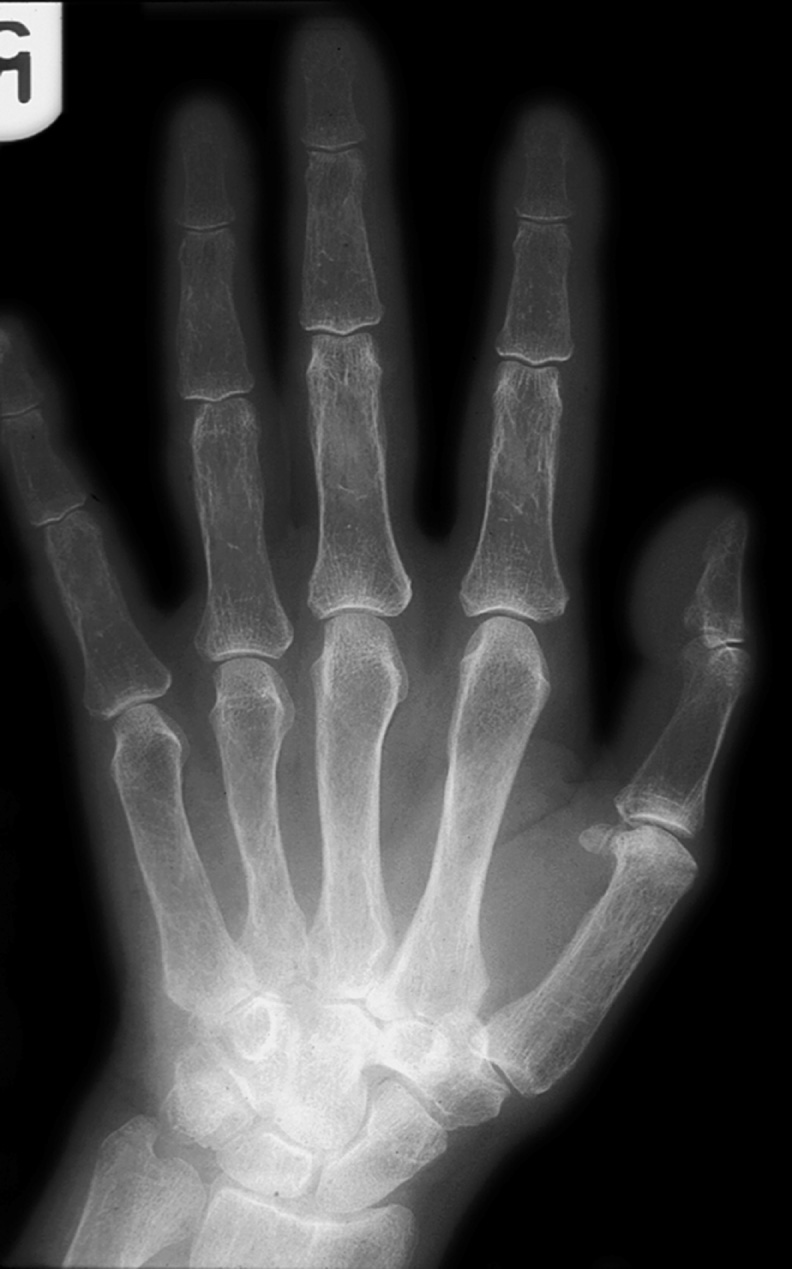
| Primary | |
| Juvenile Idiopathic of young adults Postmenopausal Senile |
|
| Secondary | |
| Endocrine | Glucocorticoid excess Oestrogen/testosterone deficiency Hyperthyroidism Hyperparathyroidism Growth hormone deficiency (childhood onset) |
| Nutritional | Intestinal malabsorption Chronic alcoholism Chronic liver disease Partial gastrectomy Vitamin C deficiency (scurvy) |
| Hereditary | Osteogenesis imperfecta Homocystinuria Marfan's syndrome Ehlers–Danlos syndrome |
| Haematological | Thalassaemia Sickle-cell disease Gaucher's disease |
| Tertiary | |
| Other | Rheumatoid arthritis Haemochromatosis |
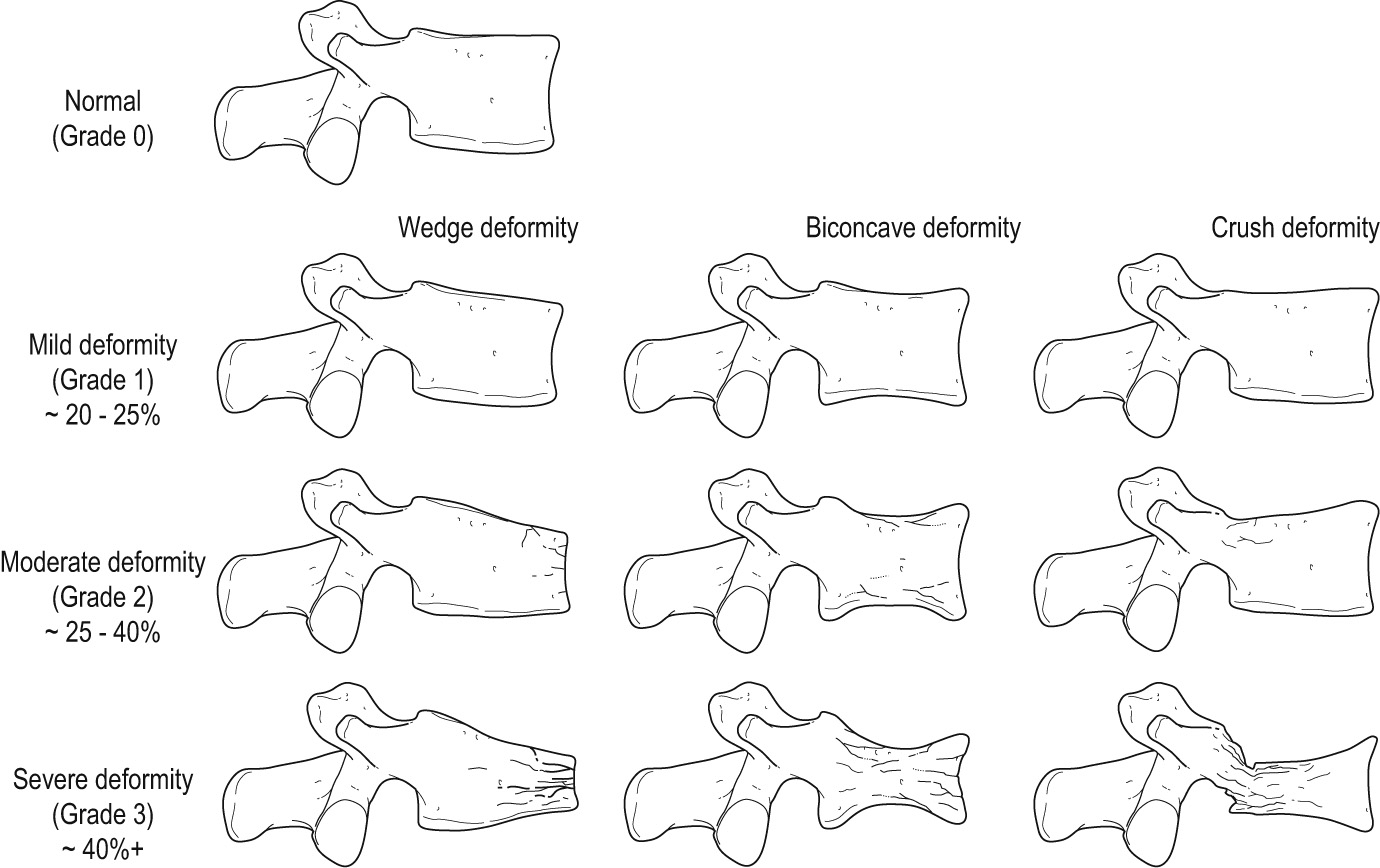
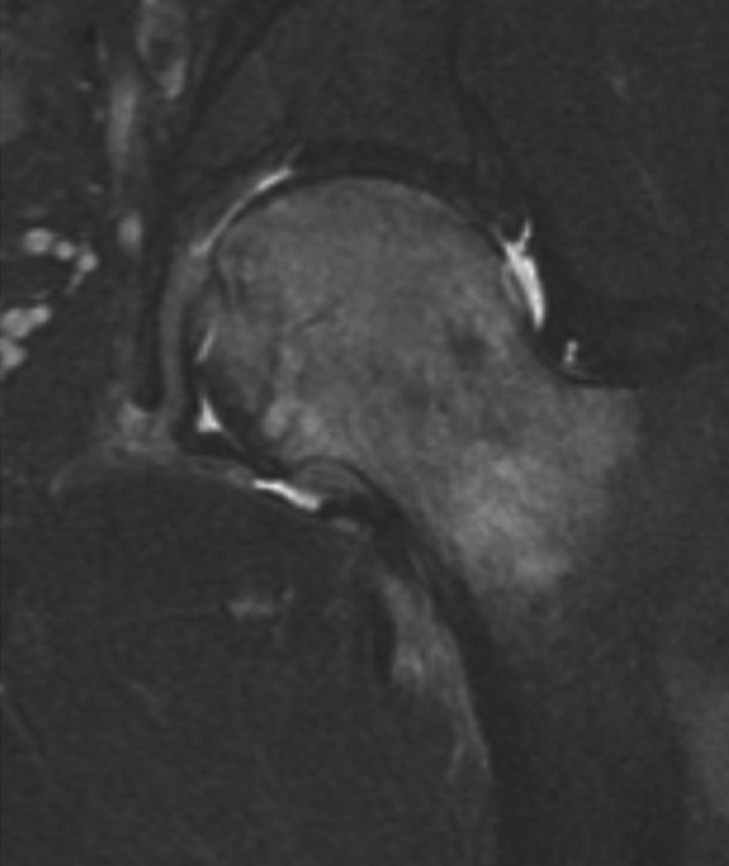
Vitamin D deficiency resulting in defective mineralization of osteoid in the mature skeleton
Causes: nutritional deficiency ▸ malabsorption states and biliary disease (vitamin D is fat soluble and absorbed in the small bowel) ▸ chronic liver disease (affecting the initial prohormone hydroxylation step) ▸ chronic renal disease (the active metabolite is not produced) ▸ drug therapy (e.g. long-term anticonvulsants)
Translucent areas within bone (unmineralized osteoid) are a pathognomonic feature ▸ typically bilateral and symmetrical
Location: typically found at sites of stress: medial aspect of the femoral neck ▸ pubic rami ▸ lateral border of the scapula and ribs
A radiolucent line perpendicular to the cortex with a slightly sclerotic margin (it does not extend across the entire bone shaft)
There is no callus formation unless it has been treated with vitamin D (osteoporotic insufficiency fractures often show florid callus formation) ▸ fractures occur medially on the concave side of a bone (incremental fractures in Paget's disease tend to occur on the convexity of a bone)
Osteomalacic bone is soft: it can result in bowing of the long bones, protrusio acetabuli and a triradiate deformity of the pelvis
Radionuclide bone scans are more sensitive than XR
Features of secondary hyperparathyroidism (the hypocalcaemia acts as a stimulus) can be seen
Vitamin D deficiency resulting in defective mineralization of osteoid in the immature skeleton ▸ abnormalities predominate at the growing ends of bones where endochondral ossification is occurring
Causes: as for osteomalacia but also including inborn errors of vitamin D metabolism
The most obvious changes are at the metaphyses (the area of most rapid growth) ▸ commonly seen around the knee and wrist, the anterior ends of the middle ribs, the proximal femur and the distal tibia
Initially loss of the normal ‘zone of provisional calcification’ adjacent to the metaphysis
Later features: a widened growth plate ▸ indistinct metaphyseal margins (‘frayed’ metaphyses) ▸ metaphyseal splaying and cupping (following weight bearing on uncalcified bone) ▸ indistinct and relatively osteopenic epiphyses (± Looser's zones) ▸ thin ‘ghost-like’ rim of mineralisation at the periphery of the metaphysis
There may be features of secondary hyperparathyroidism (in response to the hypocalcaemia)
Harrison's sulcus: rib in-drawing near the diaphragm
Craniotabes: softening of the cranial vault
Rachitic rosary: expanded long bone metaphyses can cause anterior rib enlargement
Bone deformities: skull bossing ▸ delayed fontanelle closure ▸ bowing of the long bones (particularly the lower limbs) ▸ thoracic kyphosis with a ‘pigeon chest’ ▸ genu valgus and varum ▸ coxa vara and valga ▸ protrusio acetabuli ▸ a triradiate pelvis
Post treatment: XR features of healing lag behind biochemical and clinical improvements (2 weeks)
Harris growth arrest line: with treatment mineralization of the zone of provisional calcification gives a dense white line adjacent to the metaphysis (as a marker of the age at which the rickets occurred) ▸ initially separated by translucent osteoid, which may be mistaken for a metaphyseal fracture (NAI)
This follows defective renal tubal reabsorption of phosphate (with increased renal excretion of calcium and phosphate) ▸ normal or elevated vitamin D levels ▸ radiographically similar to rickets but refractory to vitamin D therapy ▸ it may be seen with X-linked hypophosphataemia or Fanconi's syndrome
A group of autosomal recessive conditions
Type I: a defect in the renal production of the active metabolite
Type II: end-organ resistance to the active metabolite
Seen in association with bone or soft tissue tumours that produce FGF23, a phosphate and vitamin D regulating hormone (e.g. a haemangiopericytoma, non-ossifying fibroma, giant cell tumour, fibrous dysplasia, or an osteoblastoma) ▸ there is a normal serum calcium
Mild (Schmit type) or severe (Jansen type) ▸ this can mimic rickets but is differentiated by a normal serum biochemistry
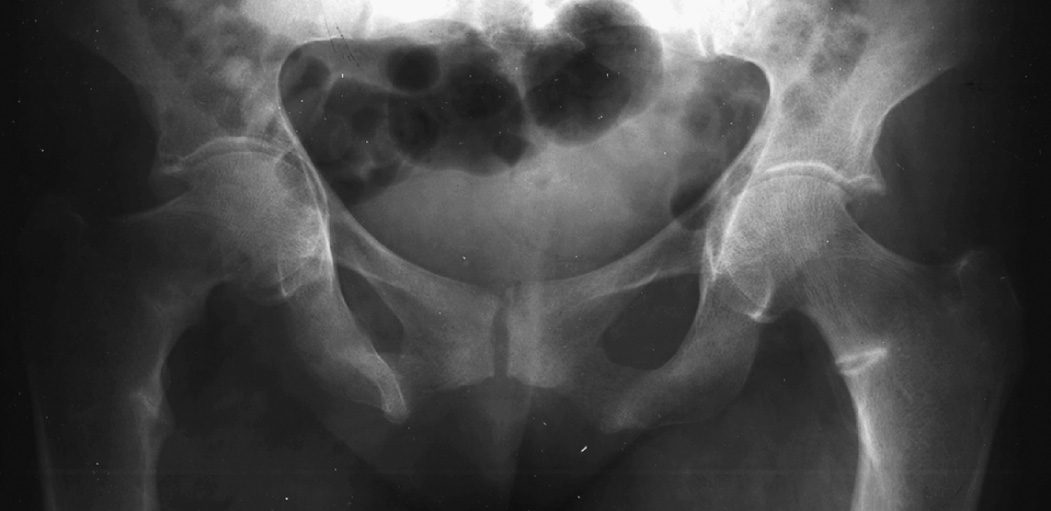
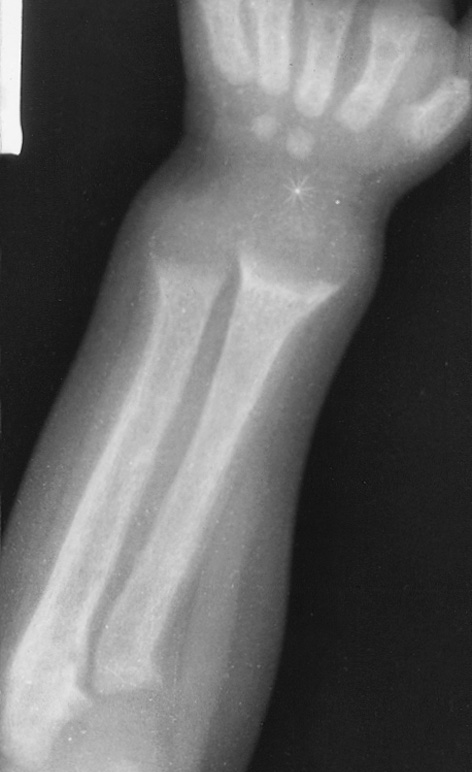
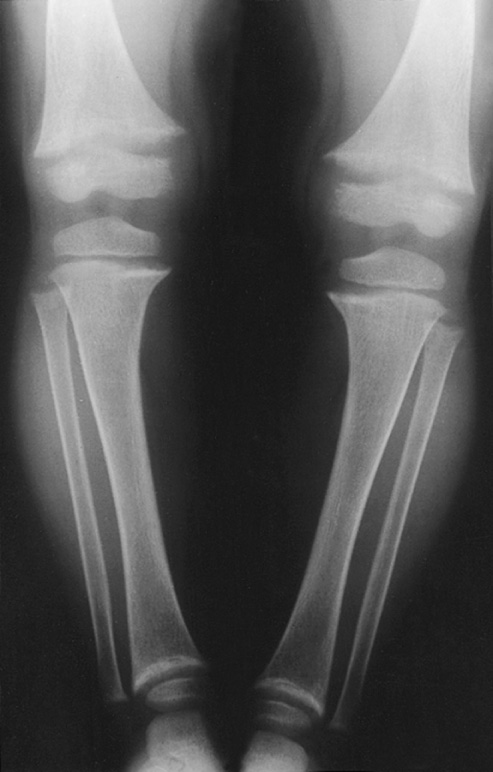
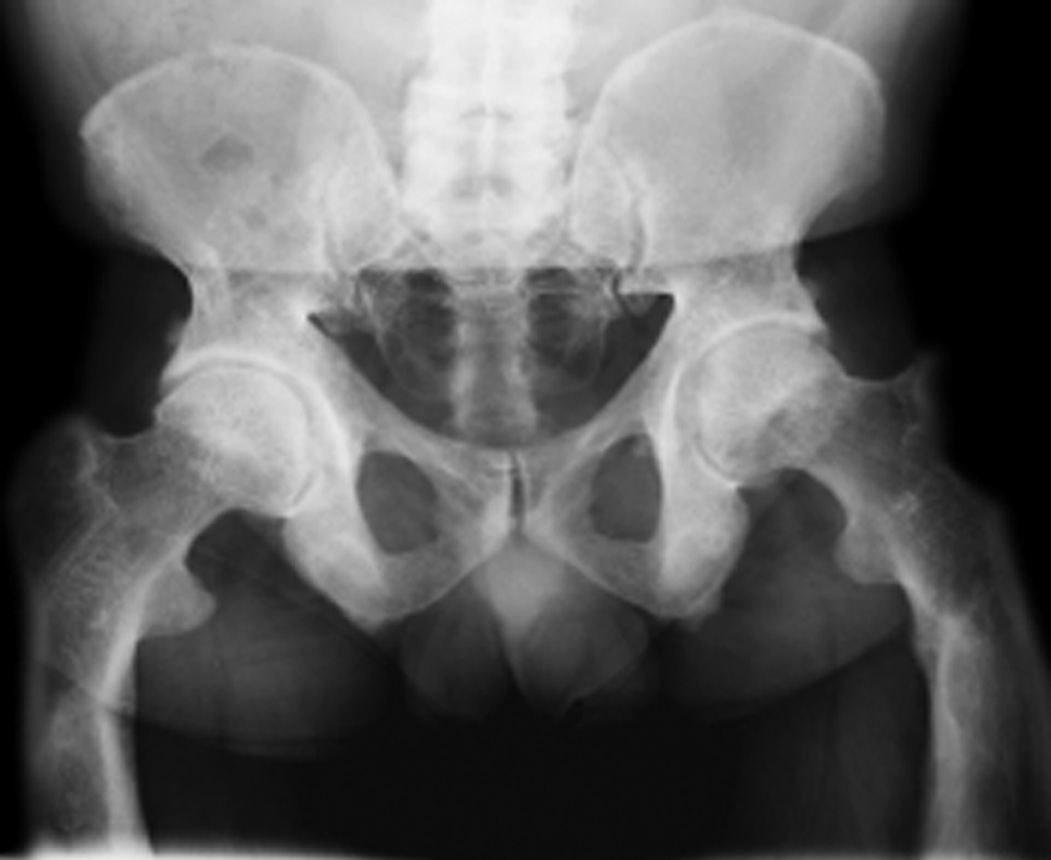
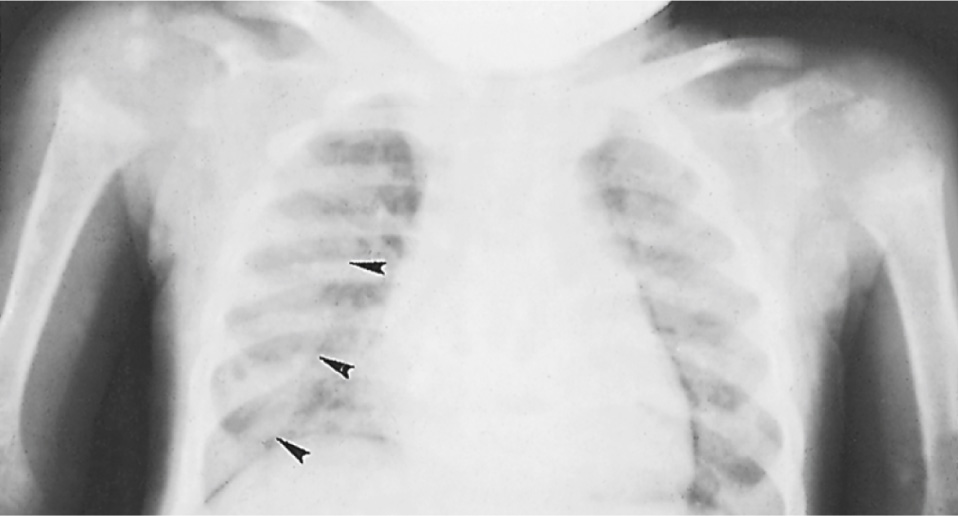
| Serum | Urine | |||
|---|---|---|---|---|
| Calcium | Phosphorus | Alkaline phosphatase | Calcium | |
| Osteoporosis | N | N | N | N |
| Hyperparathyroidism | ||||
| Primary | ↑ | N or ↑ | N or ↑ | |
| Secondary | N or ↑ | ↑ | ↑ | ↓ |
| Tertiary | ↑ | N or ↓ | N or ↑ | N or ↑ |
| Hypoparathyroidism | ↓ | ↑ | N | ↓ |
| Pseudohypoparathyroidism | ↓ | ↑ | N | ↓ |
| Rickets/osteomalacia | ||||
| Vit D deficient | ↓ | ↓ | ↑ | |
| Vit D refractory | N | ↓ | ↑ | ↓ |
| Hypophosphatasia | N or ↑ | N | ↓ | N or ↑ |
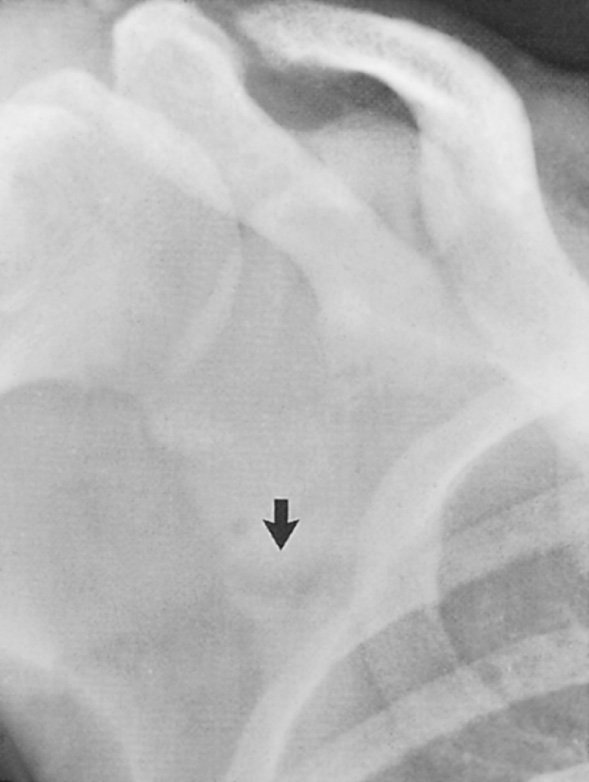
This is due to increased parathyroid hormone production (most parathyroid tumours are functionally active)
Causes: a single parathyroid adenoma (80%)* ▸ hyperplasia (15–20%) ▸ carcinoma (1%)
* multiple adenomas are seen in 4% of cases
This is induced by a fall in the serum calcium
Causes: vitamin D deficiency ▸ intestinal malabsorption of calcium ▸ chronic renal failure (causing a lack of the active vitamin D metabolite)
This occurs in long-standing secondary hyperparathyroidism when an autonomous adenoma develops within the hyperplastic parathyroid glands
It is often asymptomatic, but can present with: renal stones and nephrocalcinosis ▸ hypertension ▸ pseudogout (chondrocalcinosis) ▸ osteoporosis ▸ peptic ulcers ▸ acute pancreatitis ▸ depression ▸ proximal muscle weakness ▸ lethargy
95% have no radiological abnormalities (as a result of effective early therapy)
Subperiosteal erosions of cortical bone: pathognomonic ▸ initially affects the radial aspects of the middle phalanges of the index and middle fingers – if it is not seen here then it is unlikely to be identified elsewhere ▸ tufts of the distal phalanges
Other sites (indicating more severe and long-standing disease): distal phalanges (acro-osteolysis) ▸ proximal medial tibial cortex ▸ outer ends of the clavicles ▸ symphysis pubis ▸ ribs ▸ vertebral bodies (Schmorl's nodes) ▸ sacroiliac joints ▸ proximal humeral shaft
There can be loss of the lamina dura of the teeth
Become a Clinical Tree membership for Full access and enjoy Unlimited articles
If you are a member. Log in here